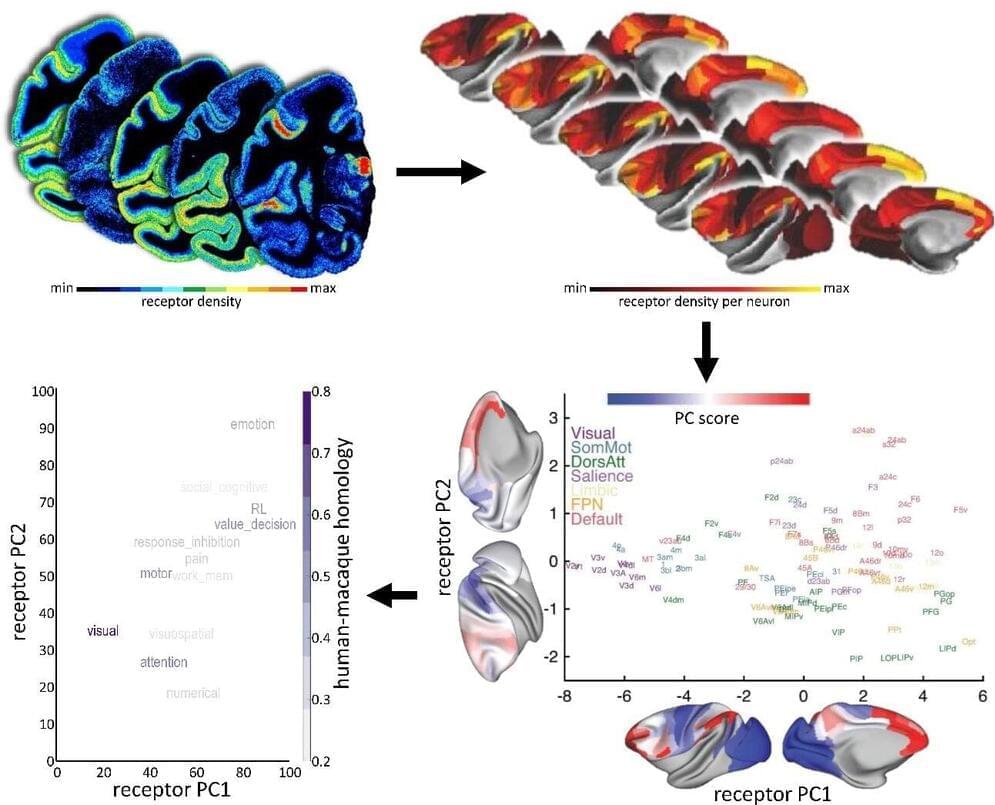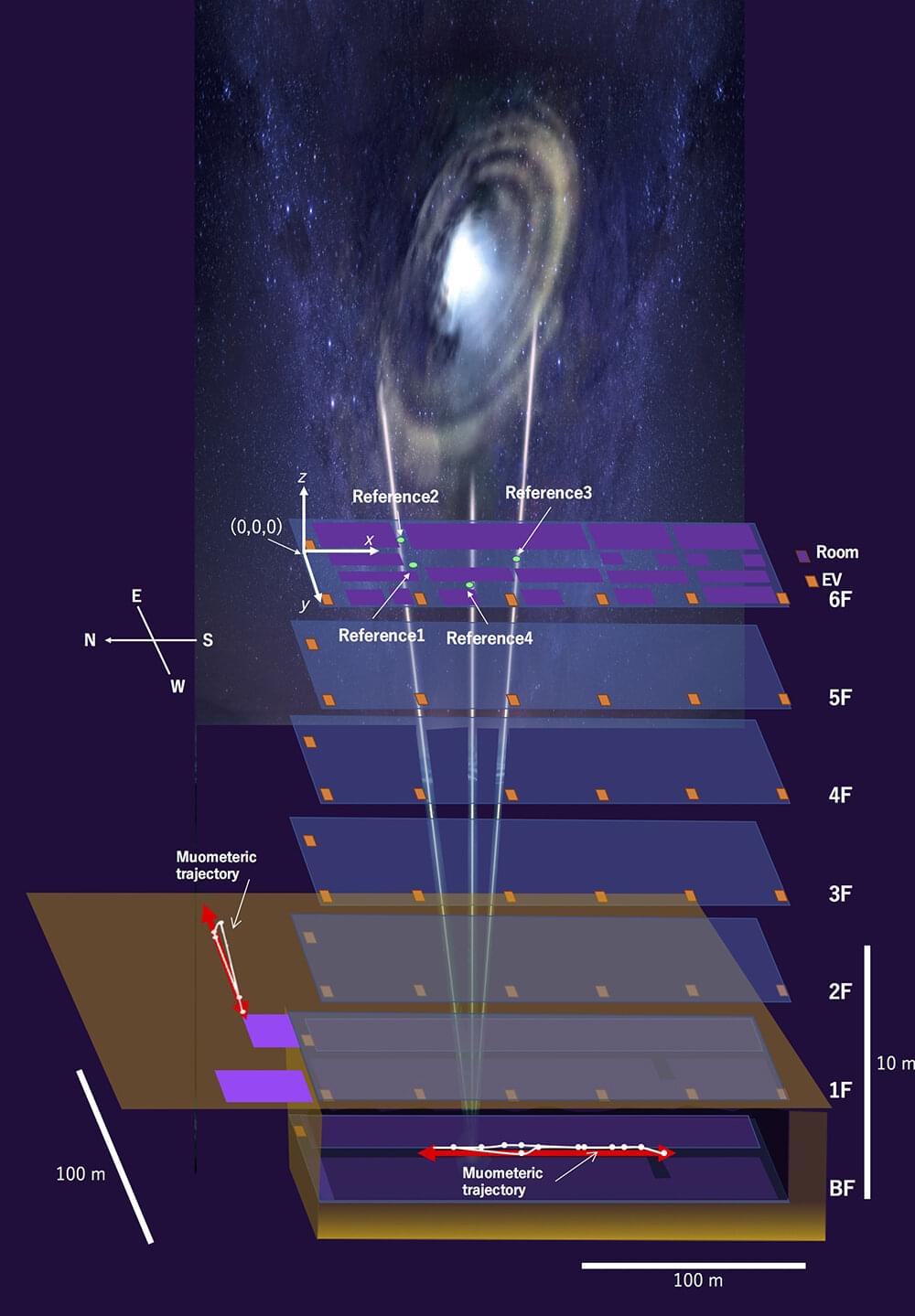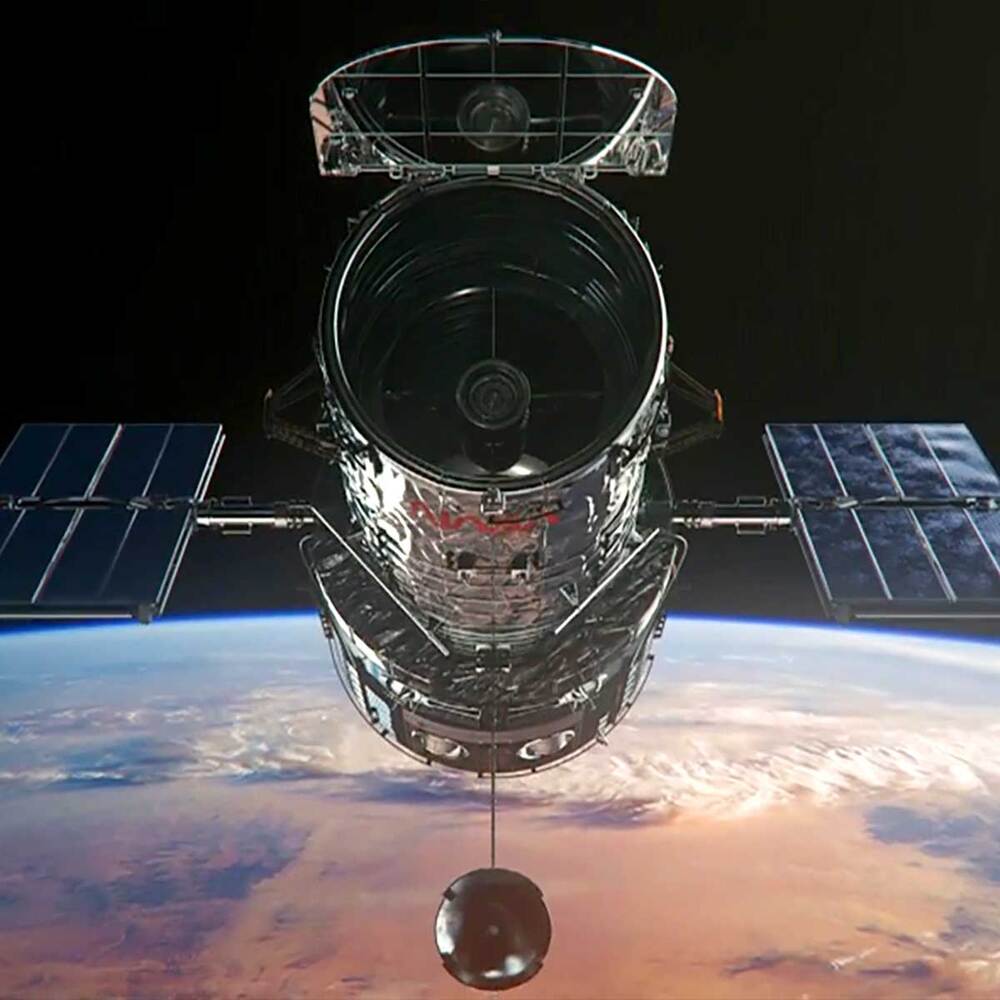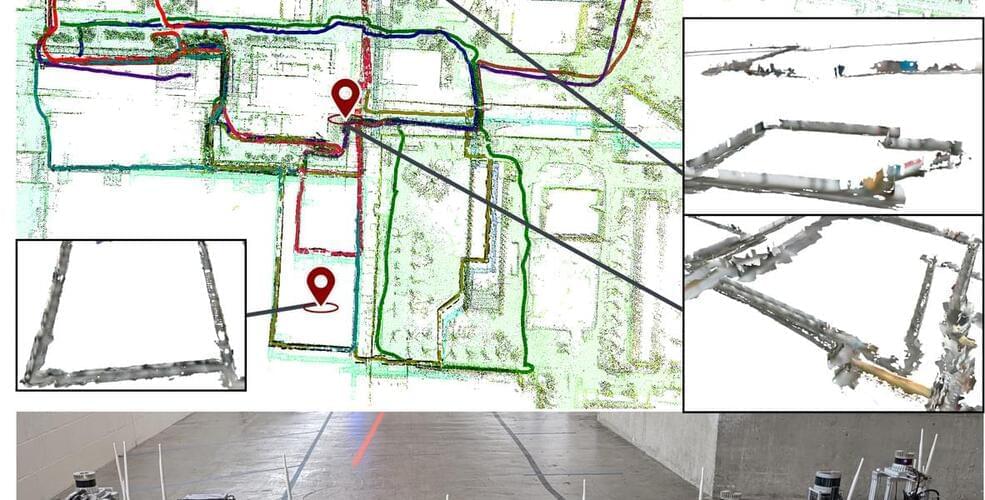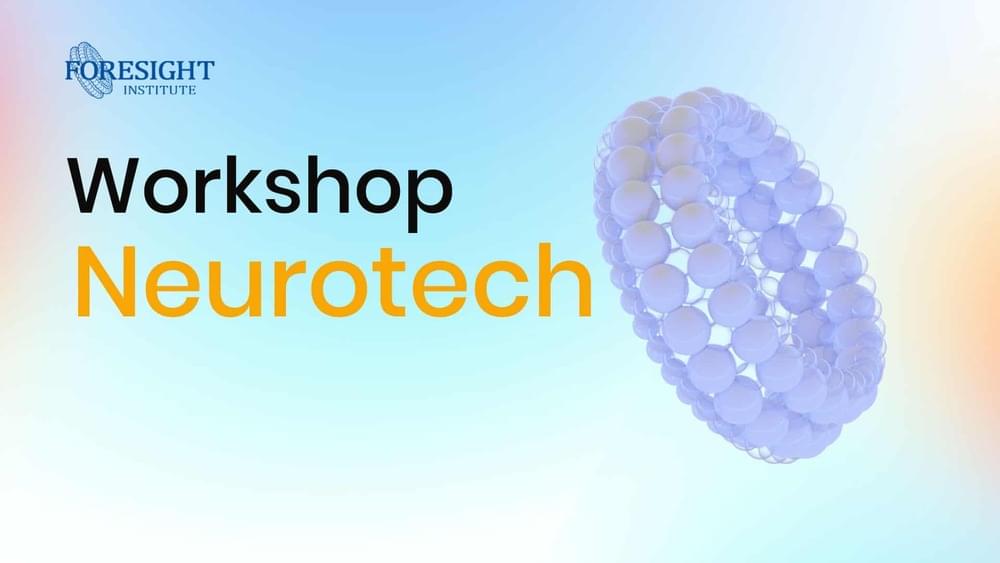Jun 19, 2023
Human Brain Project study offers insights into neuroreceptor organization
Posted by Shubham Ghosh Roy in categories: mapping, neuroscience
A key challenge in neuroscience is to understand how the brain can adapt to a changing world, even with a relatively static anatomy. The way the brain’s areas are structurally and functionally related to each other—its connectivity—is a key component. In order to explain its dynamics and functions, we also need to add another piece to the puzzle: receptors.
Now, a new mapping by Human Brain Project (HBP) researchers from the Forschungszentrum Jülich (Germany) and Heinrich-Heine-University Düsseldorf (Germany), in collaboration with scientists from the University of Bristol (UK), New York University (U.S.), Child Mind Institute (U.S.), and University of Paris Cité (France) had made advances on our understanding of the distribution of receptors across the brain.
The findings were published in Nature Neuroscience, and the data is now freely available to the neuroscientific community via the HBP’s EBRAINS infrastructure.
